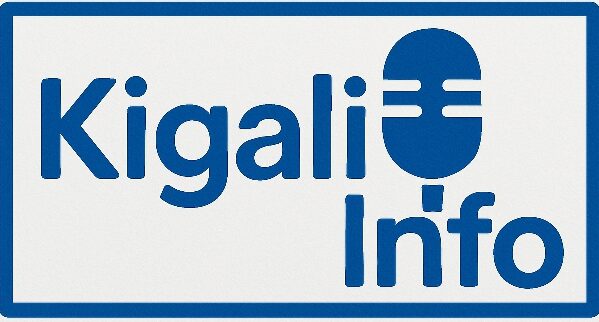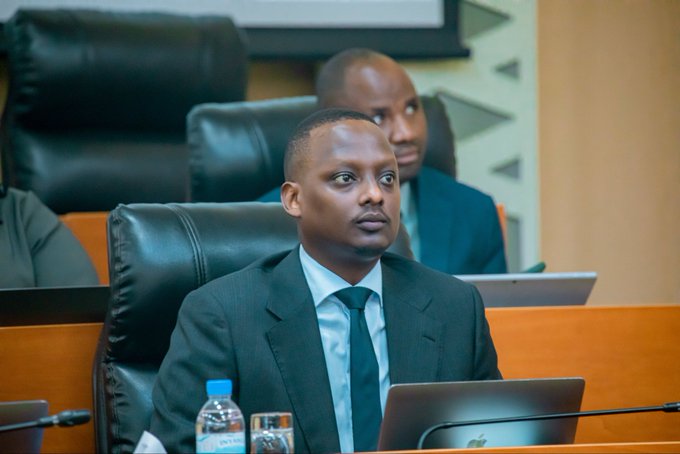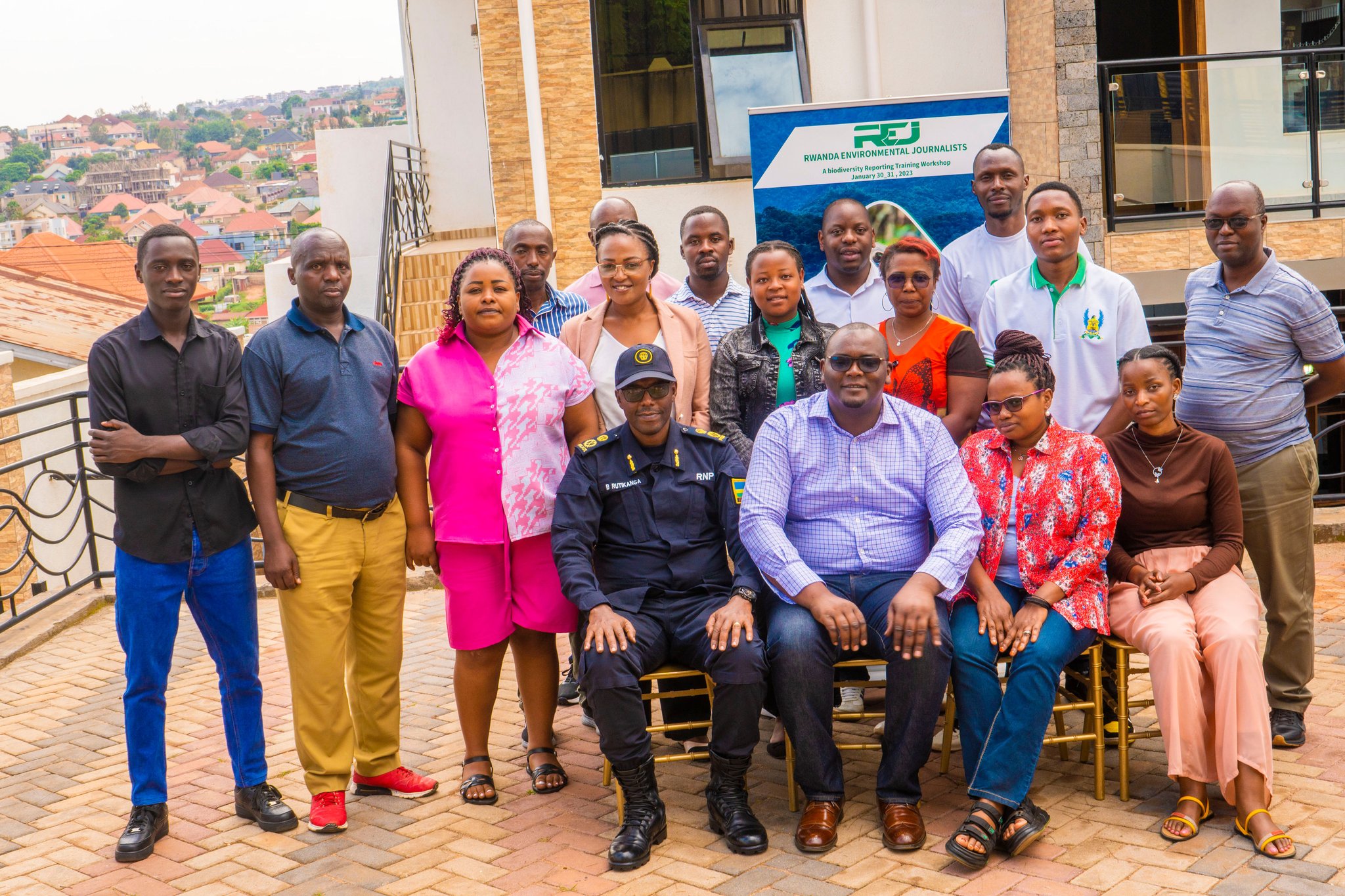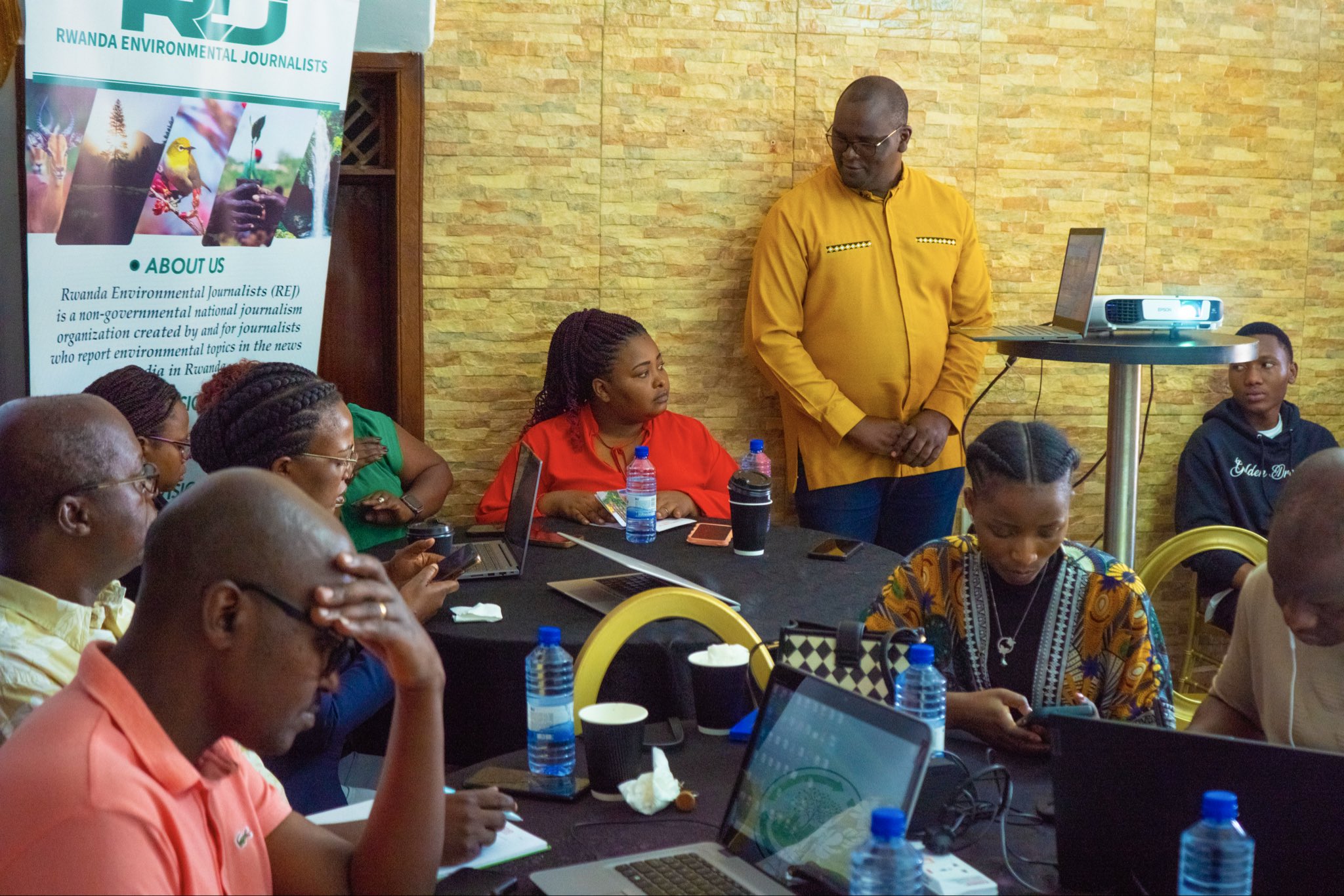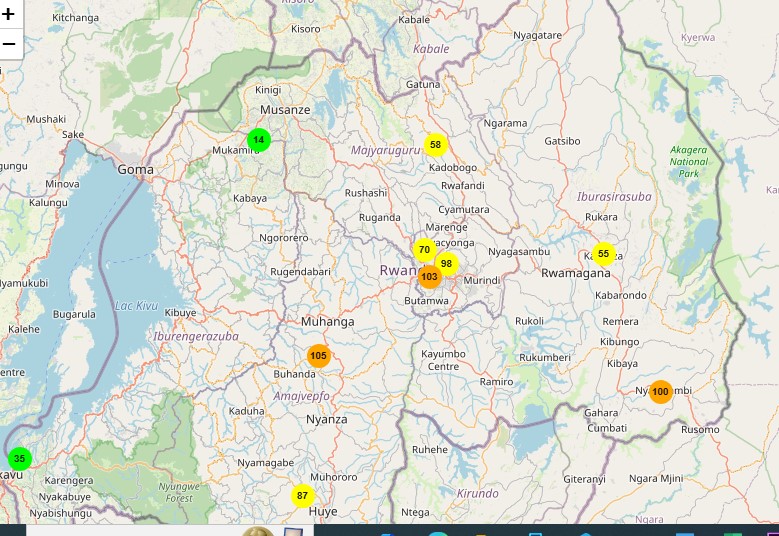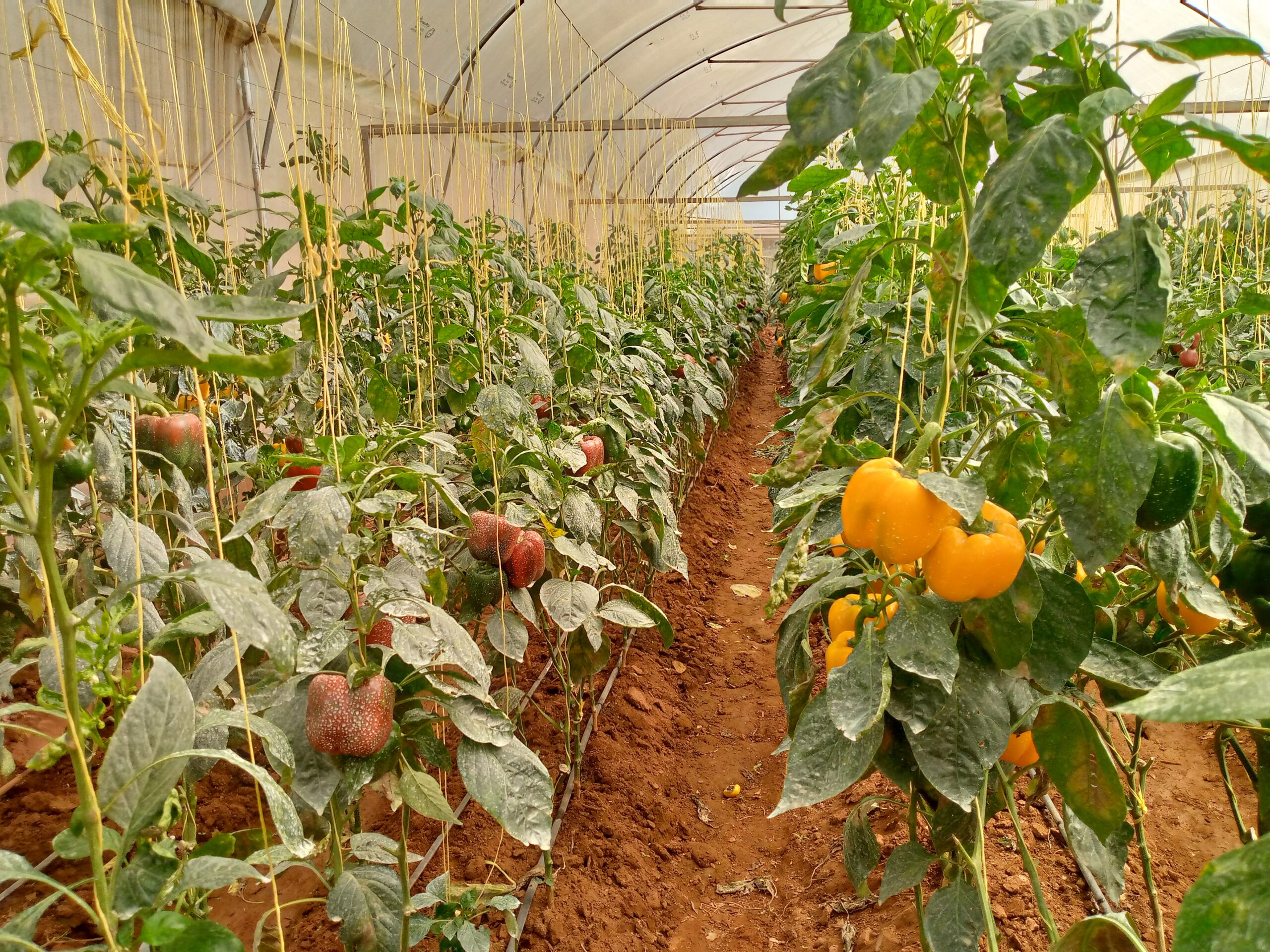
In a bid to ensure food security and adapt to climate change, the Rwandan government’s Sustainable Agricultural Intensification and Food Security Project (SAIP) has announced that several highly productive farms in Eastern Province will be transformed into demonstration farms — or “learning fields” — where farmers from across the country can learn modern, climate-resilient agricultural practices.
This announcement was made during a farmer gathering in Rwamagana District, where model farmers showcased how their once low-yield plots are now thriving thanks to irrigation systems and greenhouse farming, even in the absence of regular rainfall.
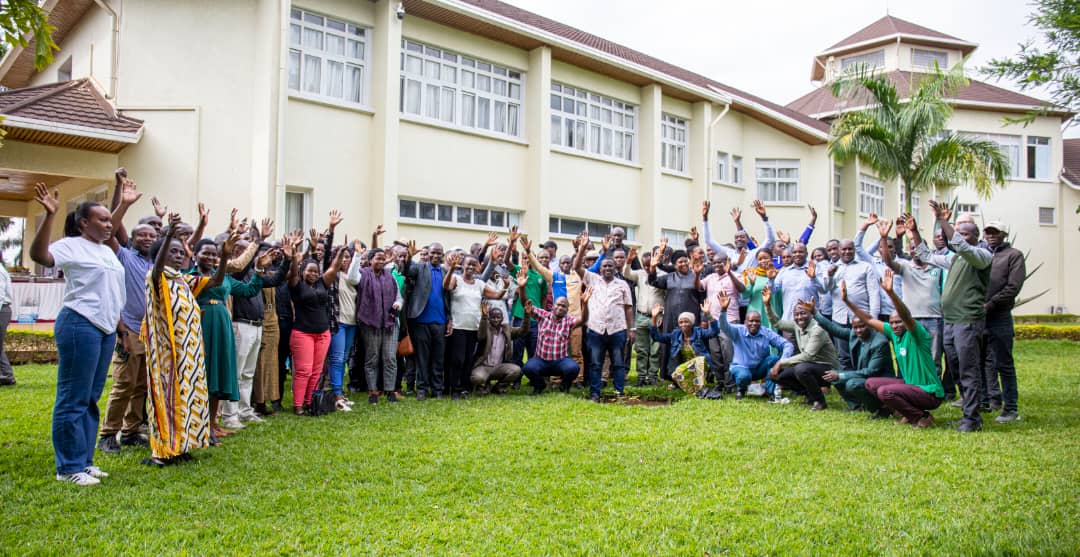
One such farmer is Olive Namahoro, who grows vegetables and fruits in Murehe Cell, Muyumbu Sector, Rwamagana. She explained how her tomato yields skyrocketed after switching from traditional open-field farming to greenhouse cultivation with SAIP support.
Previously, she harvested just 200–300 kg of tomatoes in six months, earning no more than 200,000 Rwandan francs ($3,600) per cycle.
Thanks to this income, Namahoro can now afford to send her three children to school, paying over 1.5 million Rwf annually in tuition fees — something she proudly attributes to her success in modern farming. “Educating my children is a priority,” she says. “Those tons of tomatoes are not just produce — they’re school fees and daily survival.”
She encourages other aspiring agripreneurs to invest in greenhouse farming, noting that similar success is possible with an investment of about 3.5 million Rwf (~$2,800).
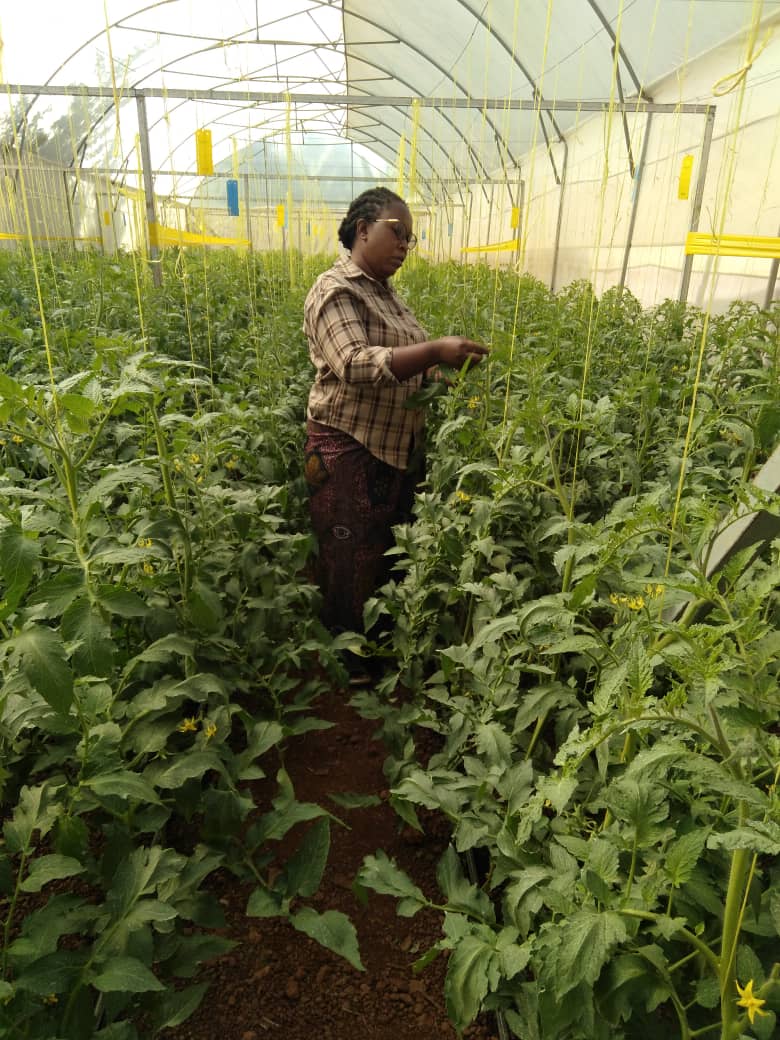
Valens Iyakaremye, another farmer from Rukomo Sector in Nyagatare District, also shared how SAIP transformed his productivity.
Using a simple watering can, he once harvested around 2 tons of vegetables on half a hectare. Today, with SAIP-provided irrigation machinery and expert guidance, he harvests over 4.5 tons of tomatoes per season. When he rotates with maize, yields have reached 7 tons, up from 3 tons previously.
SAIP is actively calling on more private investors to engage in irrigation-based farming. Options include using solar-powered irrigation or renting equipment provided to local agri-entrepreneurs under the project.
Emile Rurangwa, a senior agriculture officer at RAB’s SPIU department, stressed that agriculture is becoming more valuable than ever. “With food prices rising globally, agriculture has become a high-return investment. And with technology like irrigation, it’s far less risky than before,” he explained.
He added that SAIP has funded 230 irrigation-based agricultural projects across Rwanda during its first phase, aimed at making them models for sustainable intensification nationwide.
Rwamagana District Mayor Radjab Mbonyumuvunyi confirmed that the productive farms supported by SAIP will now serve as “training fields” for other farmers to observe and replicate.
“These will be like open-air classrooms,” he said. “We’ll bring farmers to see firsthand — ‘look, this farmer irrigated properly and harvested 6 tons of maize; you’re still at 3 — learn from them.’ That’s our strategy going forward.”
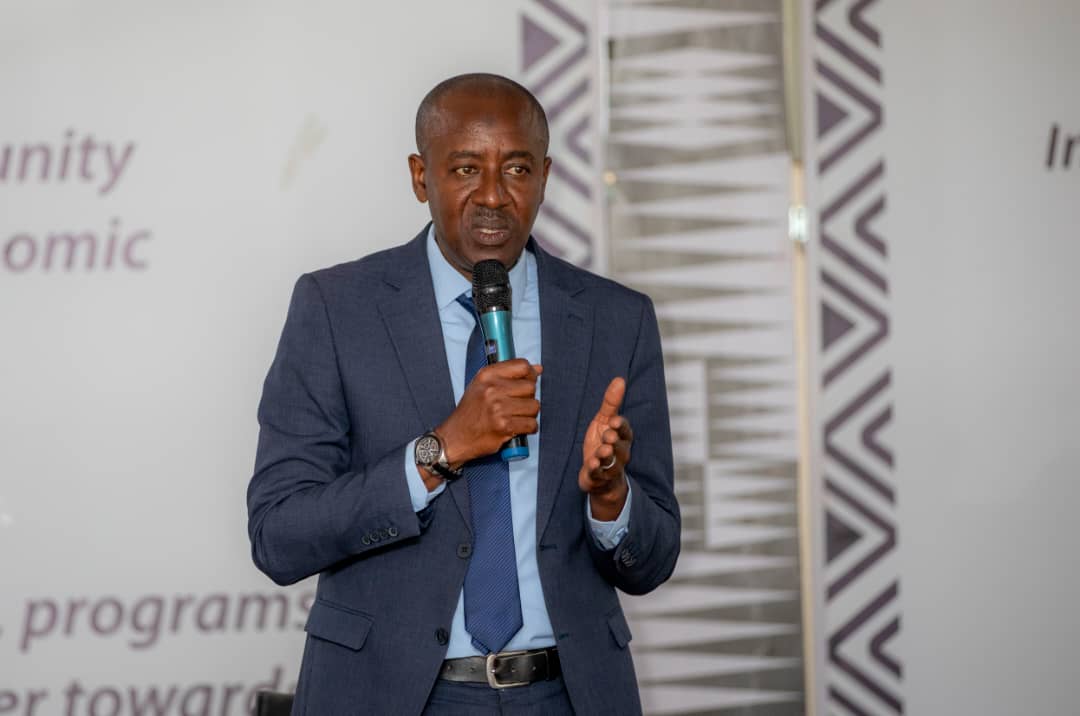
Mayor Mbonyumuvunyi also noted that Rwamagana’s proximity to Lakes Muhazi and Mugesera presents an untapped opportunity. Together with SAIP, the district plans to harness these water sources for irrigation using specialized machinery, ensuring long-term productivity even in the face of changing weather patterns.
SAIP, implemented by the Rwanda Agriculture and Animal Resources Development Board (RAB-SPIU), is now in its second phase (2024-2026) with $20 million funding from GAFSP, managed by the World Bank.
